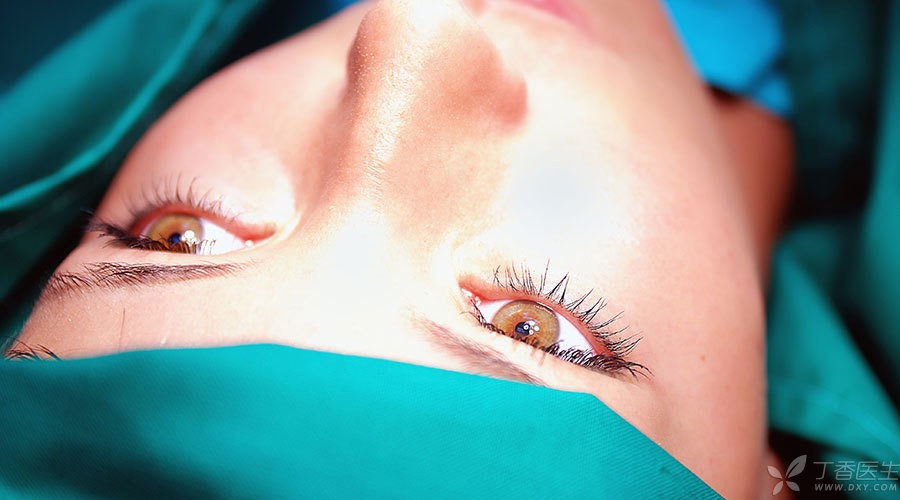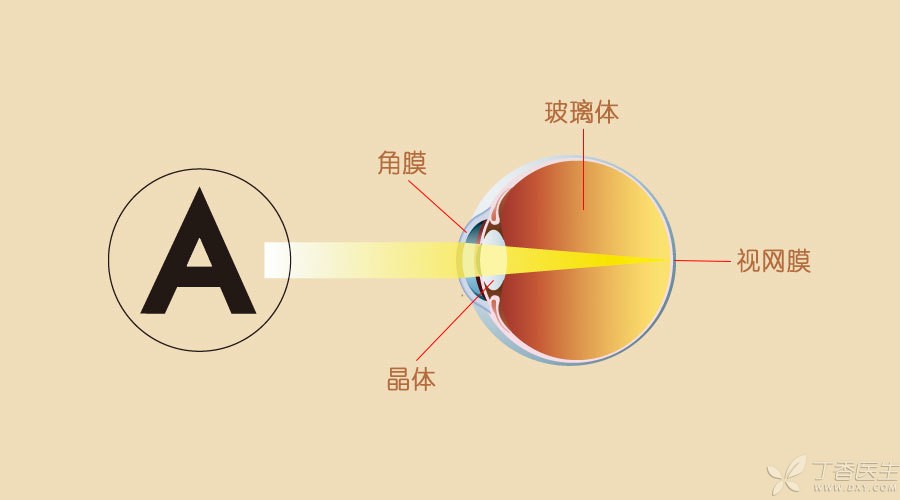
Before, we shared with you the drug treatment methods for thyroid-related ophthalmopathy (click to read < < How to treat thyroid ophthalmopathy? Can it be cured? > >). Finally, it is also mentioned that many patients are concerned about the appearance of hyperthyroidism exophthalmos, which cannot be solved by drugs.Can surgery solve this problem? Today we will talk about the surgical treatment of hyperthyroidism exophthalmos.
Thyroid-related ophthalmopathy can be divided into active phase and stable phase. Active phase refers to the active stage of orbital tissue inflammation of patients. In the stable period, there was no obvious inflammatory activity and the disease condition was relatively stable.
The purpose of surgery is different in different disease stages.
1. Active Period
During the active period of the disease, some patients may have severe exophthalmos, causing exposure keratitis, and sometimes compressing the optic nerve, resulting in a sharp decline in vision. Therefore, surgery during the active period of the disease is mainly to protect the eyeball function of patients.
This kind of surgery is often more urgent.
The cornea is a transparent membrane located in front of the eyeball. Through the refractive action of the cornea and the lens, light can be accurately focused on the retina to form an image, which is then transmitted to the brain through the optic nerve. A normal blink of an eye can ensure that the cornea is infiltrated by tears and remains moist.

[Exposure keratitis] refers to the inflammation and damage of the cornea caused by exophthalmos, inability to completely close the eyelid and blink normally, long-term exposure of the cornea on the surface of the eyeball, and inability of tears to normally moisten the cornea.
2. Stable period
Surgery in stable stage of disease is mainly to improve appearance and correct remaining functional problems. Including correction of appearance abnormalities and diplopia caused by eyelid retraction, exophthalmos, eyeball skew, etc.
This kind of operation should be carried out after the condition is stable and will not be carried out blindly during the active period of the disease.
In addition, some operations can protect eyeball function and improve appearance at the same time, such as orbital decompression, which may be used in both active and stable phases of the disease.
Let’s introduce them one by one.
Surgical treatment of active disease
Let’s first talk about the more urgent first type of surgery.
As I said last time, most active patients can control their illness through drug therapy. However, if the condition is serious and the drug treatment effect is not ideal, surgery may be needed to save the eyeball.
Common surgical methods include:
1. Eyelid suture
Is to sew up the upper and lower eyelids, used to treat exposure keratitis.
This method is the most [simple and crude], but it is direct and effective. Of course, it does not look good after the operation, but it is the simplest and quickest way to solve the problem of long-term corneal exposure.
When the condition is stable and the cornea heals, the doctor will open the sutured eyelid again.
2. Orbital decompression
This operation increases the space in the orbit by removing a part of the bone or a part of the adipose tissue in the orbit. The swollen and thickened tissue caused by inflammation can spread out, reducing the compression of these tissues on the eyeball and optic nerve.
During the active period of the disease, a small number of patients may have severe exophthalmos, which will not only cause exposure keratitis, but also lead to optic nerve compression, resulting in a sharp decline in vision. At this time, urgent orbital decompression is required, and glucocorticoid anti-inflammatory treatment is also required to save vision and eyeball.
Surgical Treatment of Stable Disease
For the second case, that is, improving appearance and correcting remaining functional problems, surgery can only be performed during the stable period of the disease.
First of all, through the doctor’s evaluation, the disease is in a stable period. At least 6 months to 1 year there is no change in the disease condition, which can be considered to be stable. The longer the stable time is, the better. This requirement should not be difficult to understand. If the eye condition is still changing, the operation will be carried out. The possibility of repeated illness after the operation is very high, and the operation will be [done for nothing].
There are many kinds of thyroid-related ophthalmopathy that affect the appearance. Some people just have simple eyelid retreat and only need eyelid surgery to correct it. Some people have eyelid retreat, exophthalmos and obvious strabismus, which requires several surgical corrections respectively.
Common surgical methods include:
1. Correction of eyelid retraction
The main purpose of this operation is to restore the appearance of eyelids and solve the problem of eyelid closure.
According to the degree of eyelid retraction, doctors may design different surgical plans. Common surgical methods include M ü ller muscle resection, levator palpebrae superior muscle retraction, etc. Sometimes the two operations need to be performed in combination.
2. Strabismus correction
Severe thyroid-related ophthalmopathy often leaves obvious eyeball skew in the later stage. Not only affects the appearance, but also causes double images, which greatly disturbs the life of patients.
Strabismus correction surgery is to move knives on several muscles that control the rotation of the eyeball. According to the specific direction and degree of eye deflection, the muscles that need to be moved will be different and the methods of doing it will be different.
3. Orbital decompression
Orbital decompression can correct exophthalmos, not only in the active period of the disease can be done. In the stable period of the disease, if the exophthalmos left over from the disease is more obvious, the patient has the desire to improve the appearance, or the exposure keratitis caused by the disease is still not completely solved, the operation can also be considered.
However, unlike emergency surgery, doctors and patients need to be more cautious at this time, because the surgery is not small. If there are no other abnormalities in the eyes, it is more necessary to weigh the pros and cons to make a decision just to improve the appearance.
4. Correction of trichiasis
If more trichiasis is left behind and corneal injury is caused by frequent rubbing of cornea, surgical correction may also be considered after the condition is stable.
[Trichiasis] refers to the growth of eyelashes backward, which touches and rubs the eyeball and causes corneal damage.
Thyroid-associated ophthalmopathy is a very complex disease, At present, there is no way to get a fundamental treatment from the cause of the disease. However, there are still so many feasible treatment methods to choose from. Most of the patients we see, whether through drugs, radiotherapy or surgery, can finally achieve more satisfactory therapeutic effects as long as they see a doctor in time and standardize treatment.
